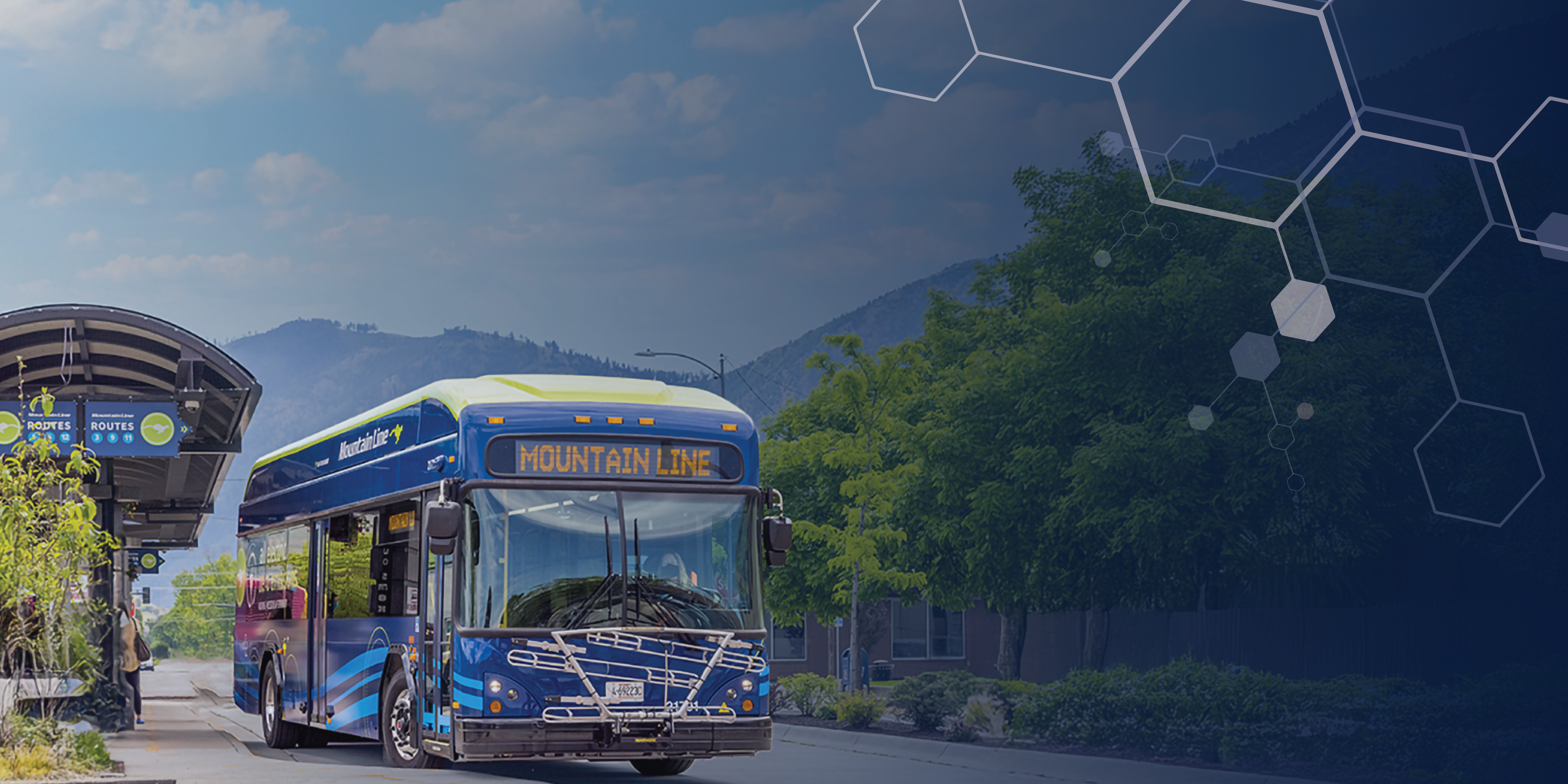Originally featured here.
MISSOULA, Mont. – The City of Missoula is making significant progress in its efforts to reduce its carbon footprint, and The Missoula Urban Transportation District has reached a major milestone in transitioning its fleet of buses to electric.
The district aims for its buses to have zero tailpipe emissions by 2035. Mountain Line, Missoula’s public transit system, is already more than halfway toward achieving this goal with its fixed-route fleet.
Mountain Line has been working to replace diesel buses with electric ones, aided by expanded competitive federal grants. Jordan Hess, Mountain Line CEO and General Manager, emphasized the success of their grants team. “We’ve had a phenomenally successful grants team that has been writing federal grants and pulled in millions of dollars over the last several years to replace aging diesel buses,” said Hess.
Missoula’s geographical location makes it more susceptible to air pollution, as emissions can become trapped in the valley. Switching from diesel to electric buses reduces CO2 emissions by about 60 tons per month. Additionally, electric buses are simpler and cheaper to operate. Diesel buses cost around 75 cents to a dollar per mile, while electric buses are less expensive.
Jennifer Sweten, Mountain Line Director of Operations, explained the cost benefits. “Electric buses in warm weather Cost about 30 cents a mile on electricity. On a cold day that jumps up to about .45 cents a mile. They’re about half as much to operate as a traditional diesel bus,” Sweten said.
Mountain Line will continue replacing more diesel buses in the coming year, which will provide quieter rides for residents while further reducing Missoula’s carbon footprint. Hess shared their future plans, stating, “We have ten more (electric buses) on the way that are being built this coming winter, and we’ll receive those later in 2025. At that point, we’ll actually be 90% battery electric.”
Once Mountain Line receives the next round of buses in 2025, they will only need to replace three more buses to complete their transition to an all-electric fixed-route fleet.
